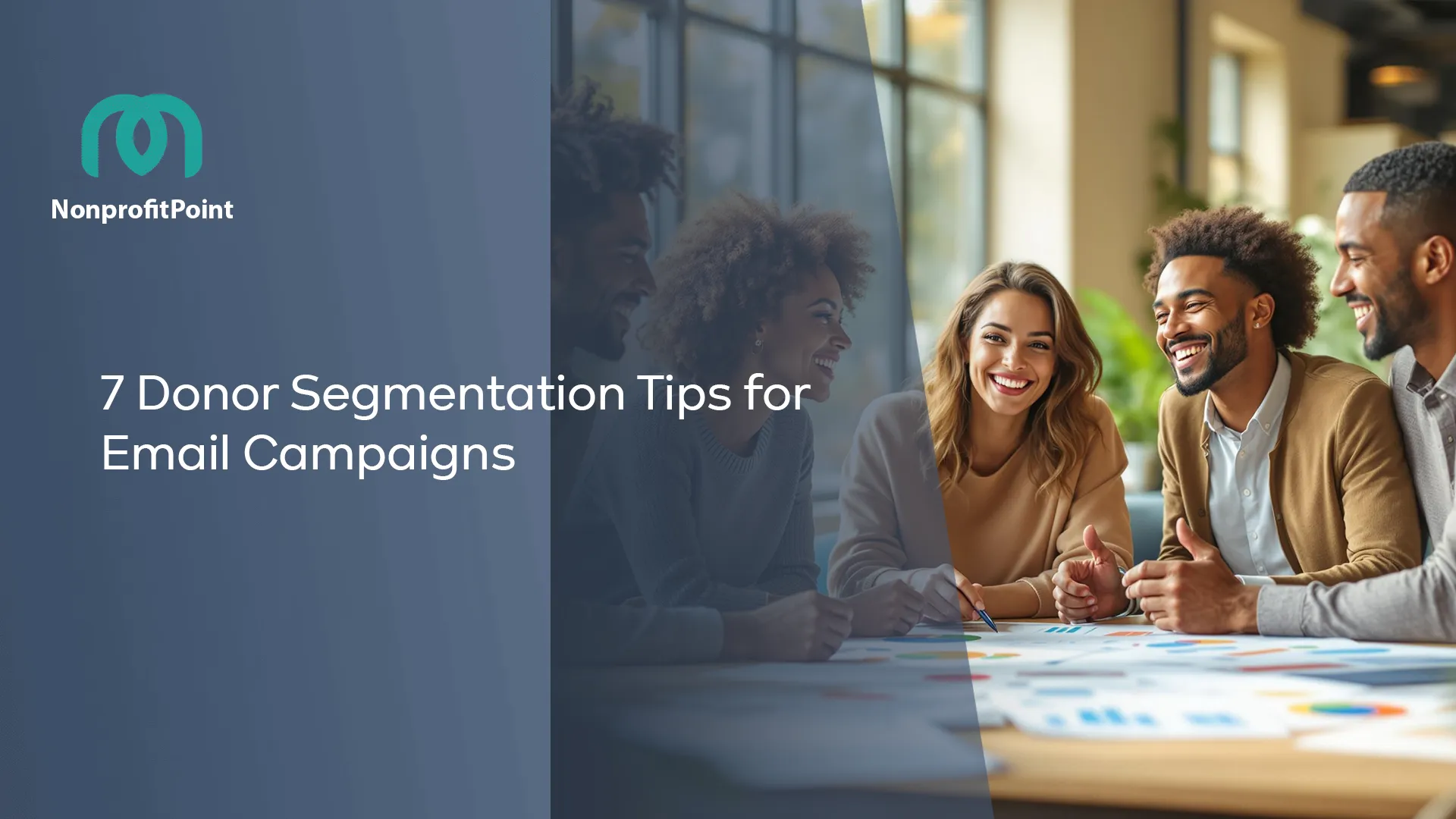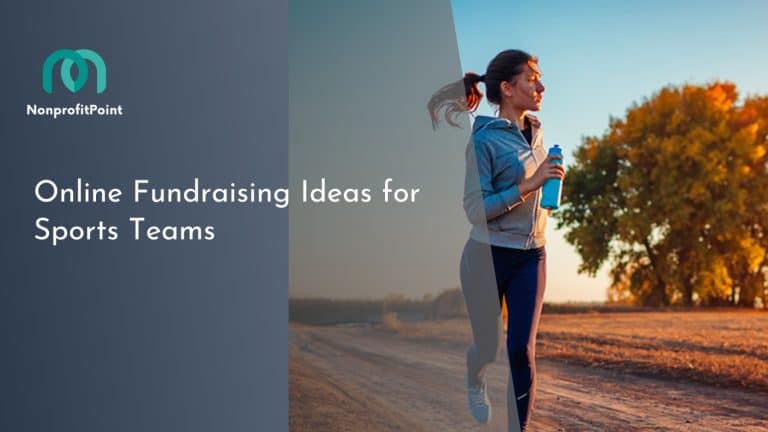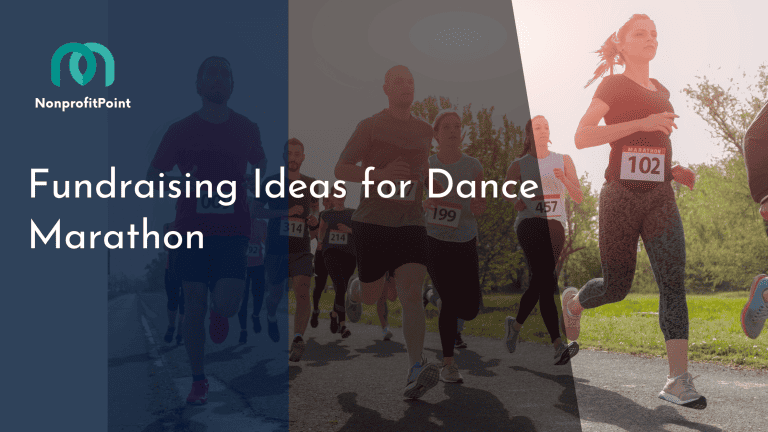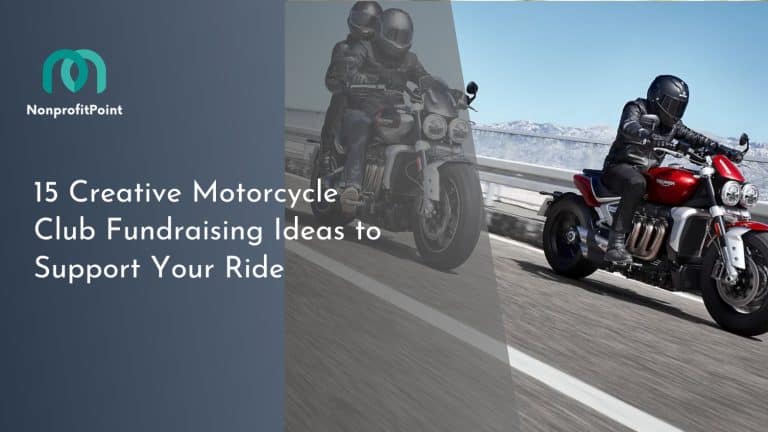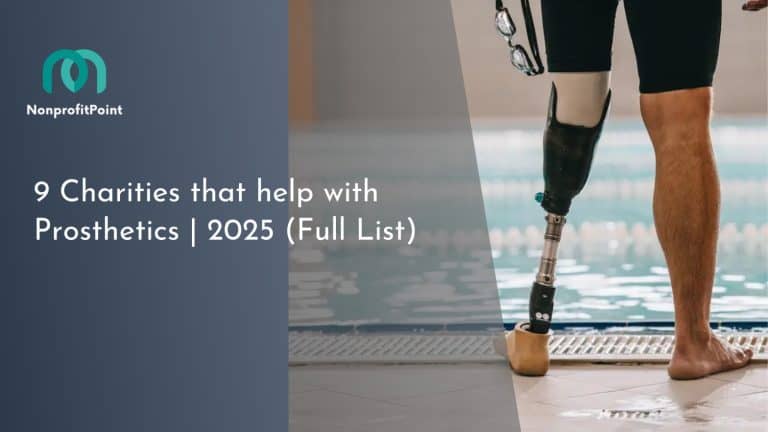7 Donor Segmentation Tips for Email Campaigns

Sending the same email to everyone wastes opportunities to connect. Donor segmentation helps you target specific groups with personalized messages, leading to stronger relationships and better fundraising results. Here’s how to segment your donors effectively:
- Past Donations: Tailor emails based on donation frequency, amount, or recency.
- Location: Use geographic data to highlight local impact or invite donors to nearby events.
- Volunteer Activity: Recognize volunteer-donors with updates and exclusive opportunities.
- Demographics: Adjust tone and content for different age groups or occupations.
- Engagement Behavior: Target donors based on how often they interact with your emails.
- Lifecycle Stage: Customize outreach for new, recurring, or lapsed donors.
- Major Donors: Provide detailed impact reports, exclusive updates, and special invitations.
Personalized emails can boost open rates by almost 22%. Track metrics like open rates and donation activity to refine your strategy and make your campaigns more effective. Ready to dive in? Let’s get started.
Driving Engagement through Strategic Donor Segmentation & Email Campaigns
1. Segment by Past Donations
Understanding past donation behavior can reveal key patterns about your donors. By focusing on frequency, amount, and recency, you can craft email campaigns that feel personal and relevant to different donor groups.
Here’s a breakdown of donor types and how to tailor your outreach:
| Donor Type | Email Strategy |
|---|---|
| Recurring Donors | Share updates on their ongoing impact or offer exclusive content. |
| One-Time Donors | Highlight stories that inspire repeat donations. |
| Lapsed Donors | Send re-engagement emails to bring them back into the fold. |
| Major Donors | Provide personalized reports showing the difference their contributions make. |
Using donor management software can help you track these patterns and focus on meaningful segments rather than overcomplicating your approach. For instance, start by identifying consistent givers versus those who’ve only donated once, like during a year-end campaign.
Personalization is key. For recurring donors, emphasize the long-term impact of their contributions. For one-time donors, share specific outcomes their donation helped achieve and invite them to keep making a difference.
Pro tip: Including a short video in your email can be a powerful way to show the real-world impact of donations.
Keep an eye on open rates and conversion rates for each segment. This data will help you refine your strategy and make your campaigns more effective over time.
Remember: Match your message to the donor’s giving history and capacity.
Once you’ve segmented based on donation history, consider adding a layer of location-based personalization to make your outreach even more relevant.
2. Use Location-Based Segmentation
Using geographic data allows you to send content that feels personal and relevant to donors based on where they live. By analyzing zip codes, cities, and regions in your CRM, you can craft campaigns that connect with supporters on a local level.
Here’s how you can make this work:
| Location Level | Email Content Ideas | Benefits |
|---|---|---|
| City/Local | Invitations to nearby events, updates on community projects | Boosts event turnout, builds stronger local ties |
| State/Regional | Stories of impact in the region, campaigns specific to the area | Increases regional engagement, focuses fundraising efforts |
| National | Updates on larger initiatives, policy changes | Keeps messaging consistent for donors across the country |
Start with accurate data. A clean CRM ensures your location-based segmentation hits the mark.
Showcase local impact to build emotional connections. Share stories about projects happening in a donor’s own community. For example, if you operate food banks, highlight the results at the location nearest to them.
Adjust messaging to fit regional challenges. Tailor your content to address specific issues, like hurricane preparedness for coastal areas or wildfire relief for regions prone to droughts.
Monitor performance by location. Review open rates and donation activity by region to see what’s working and fine-tune your strategy.
Combine location insights with donor behavior. For example, a donor who frequently attends local events and donates monthly might get a different message than someone who gives once a year but lives in the same area.
Adding details about volunteer involvement can take your personalization even further, giving donors an experience that feels tailored just for them.

3. Segment by Volunteer Activity
Volunteer-donors often have a deep connection to your mission, making them a key group for tailored communication. By tracking their volunteer efforts and donation habits in your donor management system, you can craft emails that truly acknowledge their contributions.
Here’s how to approach this group effectively:
| Volunteer Type | Email Content Focus | Engagement Strategy |
|---|---|---|
| Active Volunteers + Regular Donors | Updates on impact, special opportunities | Early access to programs, leadership roles |
| Past Volunteers + Current Donors | Reconnection opportunities, project updates | Incentives to return, personalized recognition |
| Event-Only Volunteers + Donors | Event news, seasonal campaigns | Priority event registration, unique event roles |
Make acknowledgments personal. Mention specific volunteer efforts in your emails. For example, if someone helped at a food drive and also donated, highlight how their combined support made a difference for families in need.
Offer exclusive opportunities. Provide volunteer-donors with early access to new initiatives, training sessions, or leadership roles. Recognizing their commitment in this way strengthens their bond with your organization.
Highlight impact in your messaging. Compare how volunteer-donors engage with your emails versus your general donor list. Many nonprofits find that this group responds better to updates about real-world outcomes than standard fundraising appeals.
Coordinate your outreach. Balance volunteer updates and donation requests carefully to keep your audience engaged without overwhelming them.
Once you’ve refined your approach to volunteer-donors, you can further enhance your messaging by incorporating demographic insights.
Book your free consultation and discover how to segment your donors effectively
Unlock the power of targeted emails! Book your strategy session now to learn the top donor segmentation strategies for your campaigns
Schedule Free Consultation4. Segment by Demographics
Demographic segmentation helps you design email campaigns that speak directly to specific groups by factoring in age, income, or occupation.
Here’s a quick look at how different age groups typically engage with nonprofit communications:
| Age Group | Engagement & Content Strategies |
|---|---|
| Gen Z & Millennials | Mobile-friendly formats, peer fundraising, short impact videos |
| Gen X | Monthly giving programs, workplace matching, detailed reports |
| Baby Boomers | Legacy giving programs, long-form content, traditional emails |
Mix demographics with behavior data. Pair demographic details with behavioral patterns to craft messages that align with donors’ preferences and actions.
Adjust your tone. Younger donors often appreciate casual and direct communication, while older audiences may respond better to a more formal style. Adapting your tone can significantly improve engagement.
Collect demographic data. Use tools like donation forms, surveys, or social media analytics to gather insights about your audience.
Challenge assumptions. Don’t rely solely on demographic data to predict donor behavior. Validate your strategies with A/B testing to refine your messaging.
Organizations like Happy Productions have shown that video storytelling can bridge generational gaps, making complex impact stories easier to connect with across various age groups.
5. Segment by Engagement Behavior
Crafting emails based on how donors interact with your content ensures your messages feel relevant and encourage action. Metrics like open rates and click-through rates can guide your approach.
Here’s a breakdown of how engagement levels can shape your email strategies:
| Engagement Level | Characteristics | Communication Strategy |
|---|---|---|
| Highly Engaged | Frequently opens and clicks, actively responds | Share exclusive updates or previews |
| Moderately Engaged | Opens occasionally, clicks selectively | Provide regular updates and targeted content |
| Low Engagement | Rarely opens, minimal interaction | Send simplified messages or surveys |
Use tools to track behavior. Platforms like Constant Contact or DonorPerfect can monitor donor engagement and automatically update segments as behaviors shift.
Adjust content depth. For highly engaged donors, offer detailed updates and insights. For those less engaged, keep messages short and to the point.
Stay transparent and compliant. Always follow data protection laws and clearly explain how donor data is used.
Leverage dynamic segments. Set up segments that update automatically based on recent actions, ensuring your outreach stays timely and relevant.
Experiment and improve. Regularly review engagement metrics to identify which types of content perform best, and tweak your approach accordingly.
Once you’ve fine-tuned your engagement-based strategies, you can explore how donor lifecycle stages can add another layer of focus to your outreach.
6. Segment by Donor Lifecycle Stage
Donors are at different points in their journey, and each stage calls for a tailored communication approach to keep them engaged and build lasting connections.
Here’s a breakdown of how to segment donors by lifecycle stage:
| Lifecycle Stage | Characteristics | Communication Strategy | Key Content Focus |
|---|---|---|---|
| New Donors | First-time givers within 90 days | Welcome series, orientation | Mission highlights, how to get involved |
| Recurring Donors | Regular giving pattern | Impact updates, recognition | Success stories, exclusive updates |
| Lapsed Donors | No activity in 12+ months | Re-engagement campaigns | Past contributions, current initiatives |
Stay organized with donor tracking. Use donor management tools to monitor giving patterns and ensure timely, relevant communication as donors move through these stages.
Welcome new donors with care. Start with a thank-you email, then share stories showing how their contribution is making a difference. This initial connection sets the tone for a longer relationship.
Show recurring donors their impact. Regular updates and behind-the-scenes stories help reinforce their importance. Consider offering early access to new projects or initiatives to make them feel valued.
Reconnect with lapsed donors thoughtfully. Avoid focusing on their inactivity. Instead, highlight the difference they’ve made in the past and share current needs that align with their previous interests.
Tailor stories to each stage. For new donors, share introductory stories about your organization’s mission. For recurring donors, dive into deeper narratives that showcase long-term progress and change.
To ensure your strategy is working, track metrics like email open rates and donation conversions. This helps fine-tune your approach and keeps your messaging impactful at every stage.
Once you’ve mastered lifecycle segmentation, you can shift your focus to a key group – your major donors.
7. Segment Major Donors
Major donors play a critical role in supporting your nonprofit, often contributing $1,000 or more annually or $5,000+ over five years. They require a more focused approach to keep their support strong and consistent.
Here’s how you can effectively engage and communicate with this group through email campaigns:
| Communication Type | Content Focus | Timing |
|---|---|---|
| Impact Reports | Detailed results, financial updates | Quarterly |
| Exclusive Updates | Behind-the-scenes news, future plans | Monthly |
| Special Invitations | Private events, key stakeholder access | As opportunities arise |
Tailor communications to their interests. Use your donor management system to track the programs or projects they’ve supported. This allows you to send content that speaks directly to their passions and giving history.
Focus on personalized engagement. Major donors appreciate updates that show the direct impact of their contributions. Consider offering unique experiences like virtual tours or one-on-one meetings with program leaders to deepen their connection.
Measure campaign performance. Keep an eye on metrics such as open rates, response rates, and donation frequency to see what’s working and where you can improve.
Use storytelling to build connections. Work with professionals, such as Happy Productions, to create compelling videos that highlight the impact of your work and strengthen your relationships with donors.
Keep communication balanced. Don’t overwhelm major donors with constant updates. Instead, focus on quality over quantity to maintain trust and ensure your messages resonate.
Conclusion
Dividing donors based on factors like their giving history and engagement can increase email open rates by 14.32% [1] while fostering stronger connections. Personalized emails perform even better, achieving 22% higher open rates [1], showing how targeted communication makes a difference.
Here’s how different segmentation approaches can help:
| Segmentation Approach | Benefit | Impact Metric |
|---|---|---|
| Behavioral Tracking | Recognizes engagement patterns | Higher response rates |
| Geographic Targeting | Aligns programs with local needs | Improved event attendance |
| Lifecycle Stage Analysis | Tailors communication to donor stage | Increased retention rates |
“The more they feel that the nonprofit cares about them and what they care about, the more likely they will engage in your fundraising campaigns” [2]
Adding video storytelling can make segmented campaigns even more effective. Using tools like those from Happy Productions, nonprofits can create personalized video content that resonates deeply with donors.
As your organization and donor base grow, adjust your segmentation strategies to stay aligned. These methods help nonprofits build stronger relationships and encourage lasting support.
